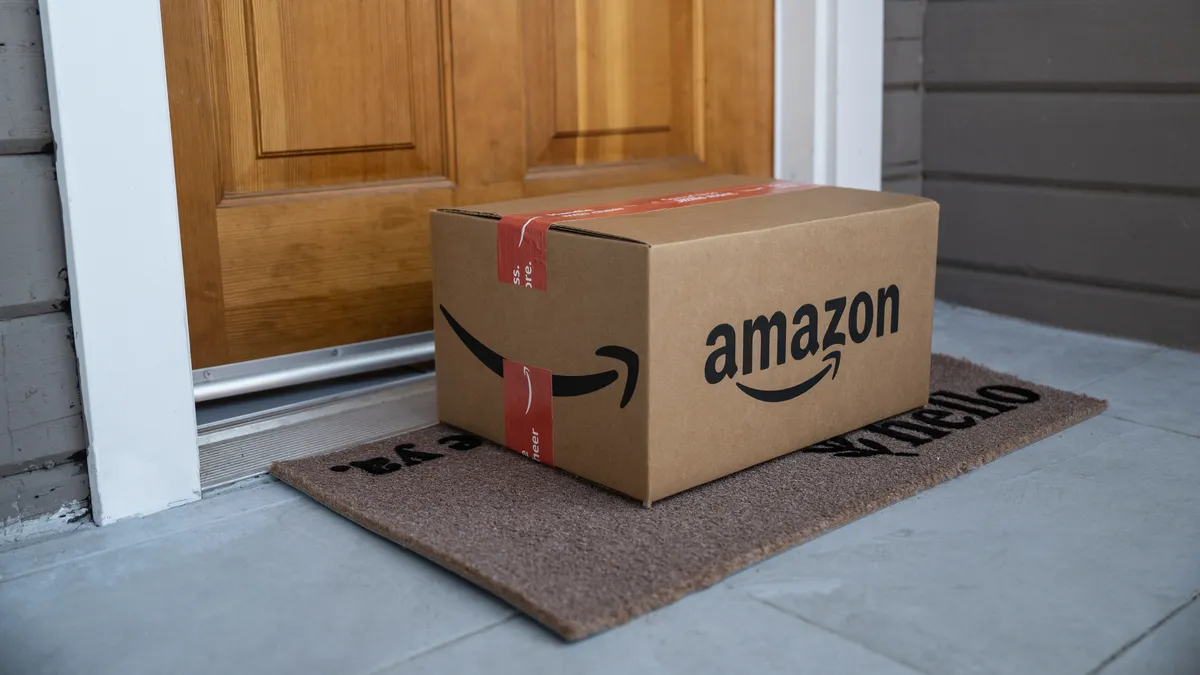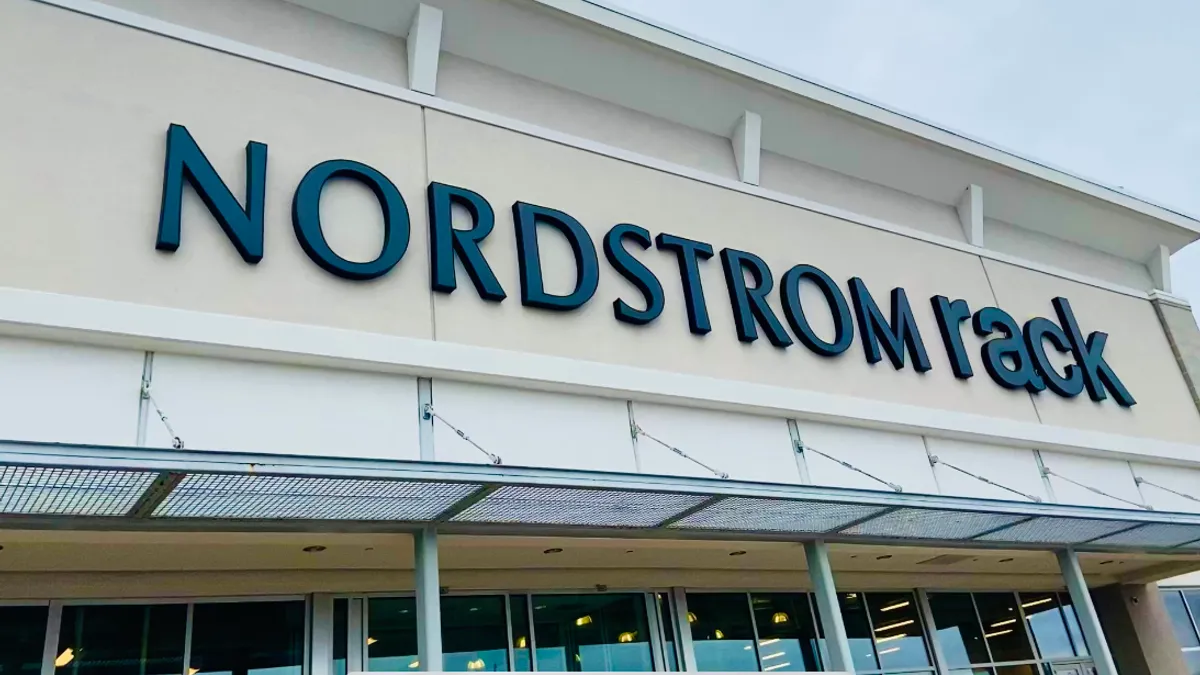The reviews on Amazon for the Hutzler 571 Banana Slicer by Hutzler Manufacturing Co. are clearly fake (“What can I say about the 571B Banana Slicer that hasn't already been said about the wheel, penicillin, or the iPhone?” — Mrs Toledo). But they are not among the fake reviews that have led Amazon to go to court recently.
Funny reviews — which have been curated in various places on the internet, including at Amazon itself — garner the retailer attention and maybe even good will for being able to take a joke.
But outright fake reviews are a problem for any retailer. Here, Retail Dive looks at ways e-retailers can tackle these fake reviews, from recent court cases to new underlying technologies.
The review landscape
Research shows that consumers use product reviews to help them make decisions and favor online retailers that include reviews. In fact, a recent survey by PowerReviews asking 800 U.S. consumers how ratings and reviews impact their decision-making, where they look for information, and how it affects their purchase behavior found that consumers want to see reviews, both positive and negative, and expect to see them in every channel.
Matt Krebsbach, director of global public and analyst relations at user-generated content solutions firm Bazaarvoice, tells Retail Dive that user-geneated content (a.k.a. reviews) is “among the most influential content when researching and searching what product they want to buy online.”
“It’s become the proxy for the in-person shopping experience,” Krebsbach says. “Think back to the days when you’d talk to the salesclerk, hold the product in your hands. Now you rely on the experiences of other people with that product. Reviews have enormous currency with businesses — they provide visibility in the marketplace and drive conversation.”
More specifically, Bazaarvoice’s research shows that larger numbers of reviews lead to improved search results and conversation rates.
“That’s why so many companies are using this content and why there’s so much enthusiasm on the part of ‘bad actors’” generating inauthentic positive reviews, Krebsbach says.
Indeed, other research finds that as much as 20% of online reviews are faked, and consumer advocates say that number is probably growing.
That makes the review landscape “like Lake Wobegon. Everyone is above average,” Cornell sociologist Trevor J. Pinch, who published a study of Amazon reviewers, told the New York Times. “There is definitely a bias toward positive comments.”
That has prompted advocates and investigators to caution consumers to be wary of fake reviews and to get information about products from various sources. For retailers, that means that customers may be leaving a website or app — and away from the checkout process in pursuit of what they consider useful information.
What to do about it
Amazon has gone to court over this issue, this month filing a lawsuit in King County Superior Court in Seattle against a California man and others the company says run websites that supply fake reviews for products sold on its site. The suit names California resident Jay Gentile as the operator of buyazonreviews.com and unidentified operators of buyamazonreviews.com, bayreviews.net, and buyreviewsnow.com, GeekWire reports.
The suit, the first of its kind brought by Amazon, alleges that the websites advertise that they generate false four- and five-star customer reviews of products sold by Amazon. GeekWire looked at the court filings, though Amazon hasn’t commented.
“While small in number, these reviews threaten to undermine the trust that customers, and the vast majority of sellers and manufacturers, place in Amazon, thereby tarnishing Amazon’s brand,” according to the court filing.
“Despite substantial efforts to stamp out the practice, an unhealthy ecosystem is developing outside of Amazon to supply inauthentic reviews,” the suit also says. “Defendants’ businesses consist entirely of selling such reviews.”
Are lawsuits the answer?
In fact, investigations by several media outlets have found that companies can and do find people willing to write fake reviews for a fee from all sorts of places, including freelance writing sites, and Craiglist, as well as the kinds of companies that Amazon is suing.
So even if Amazon prevails in court, it’s sort of like the Wild Wild West out there. Better to take anti-fraud measures undergirded by technology, says Bazaarvoice's manager of authenticity and fraud J.T. Buser.
“We applaud that Amazon is going after organizations and individuals that [are] running afoul of authenticity. But, whether it’s a so-called ‘reputation-management’ firm or a freelancer, there are dozens of others that are doing the same thing,” Krebsbach adds. “But legal action is not the most sustainable way to combat this. It can be addressed most effectively — and cost-effectively— by technology. By having a consistent policy, a clear set of guidelines, and the underlying technologies to support those policies.”
Bazaarvoice approaches the detection of inauthentic reviews as an anti-fraud activity, and Buser compares it to the measures taken by financial institutions.
“We are collecting certain characteristics — where they’re from, if they are who they’re saying they are,” Buser says. “It’s also looking at that source within and across our network, at any kind of activity that is non-normal. People might create multiple user ID’s or personas. To be honest — we’re a sophisticated anti-fraud shop.”
Right now, fake reviews really are no match for available technologies, says Brett Wickard, president and founder of "lean retail" software company FieldStack. Facebook, for one, has been able to drastically reduce its incidence of fake “likes” from sellers there by adjusting its algorithms.
Of course, retailers must employ such technologies to authenticate reviews, safeguard consumer trust, and, ultimately, protect their brand.
“Currently, many fake reviewers don’t even try to match the statistical pattern of 'real' reviewers, thus many fakes can be easily identified by statistically unlikely review patterns (rating levels) and statistically unlikely time sequences (the rate and timing of the reviews),” Wickard says.
“Shilling attacks are a big problem for many e-commerce sites — but, much like spam is to e-mail, there are many predictive and pattern-based algorithms that can lessen the impact of fake reviews.”




















